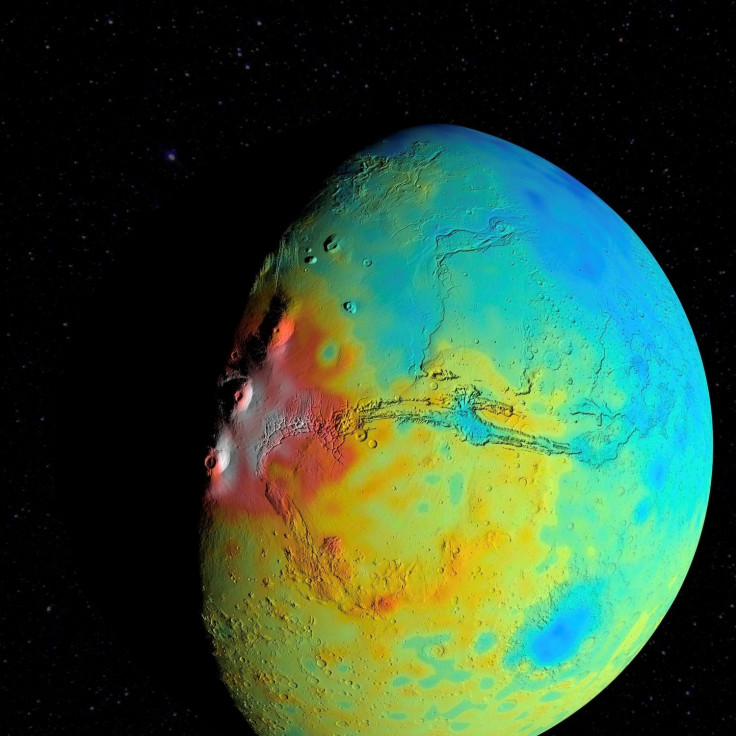Nasa finds Mars has a thinner crust than previously thought, leading to new insights
Planetary gravity maps developed by Nasa can be used to find the density of any rocky planet.

Nasa's has found that the Martian crust is thinner than what was previously thought, according to the space agency's new gravity maps.
The Red Planet's surface density has been found to be 2.58 grams per cubic centimetre, while the Earth's crust density is 2.7 grams per cubic centimetre, making it only 96% as dense as our planet, reports Futurism.
To arrive at this conclusion, researchers from Nasa reportedly used a combination of topographical data from Mars with gravitational data of the planet that they already had.
One of the researchers in the project, Greg Neumann, said, "As this story comes together, we're coming to the conclusion that it's not enough just to know the composition of the rocks. We also need to know how the rocks have been reworked over time."
This new way of studying planetary density could also help scientists study other rocky planets and get more information about their origin, composition and behaviour, says the report.
Martian scientist and director of research for the Space Technology and Science Initiative at Arizona State University, Tanya Harrison, in a statement, said, "The cool thing about this study is that the method they [Nasa] developed can be applied to any body where we have data about its gravity and topography."
Along with Mars' density, researchers were also able to understand – to an extent – what is taking place under the surface of the planet, namely, its composition. Also, the surface of Mars is a lot more porous than once believed, added the report.
Also, Mars is one of the planets that the Search for Extraterrestrial Intelligence (SETI) Institute says is a candidate for possibly hosting microbial life. So, before humans start looking for life on the Red Planet, it would make sense to gain as much knowledge about its composition in the most accurate way possible.
This would eventually help with future explorations of Mars, which are likely to involve long-term manned missions, says the Futurism report. In fact, a recent Nasa-backed study involved a group of researchers spending eight months in isolation inside a volcanic crater in a Mars-like habitat, indicating that it will not be too long before man actually lands on the planet to stay on it for a reasonable amount of time in order to study it further.
Knowledge about surface densities could also lead to several other insights into planets like Mars since hidden lava caves are being considered to be sites where human settlements could possibly be based in the future.
© Copyright IBTimes 2025. All rights reserved.





















